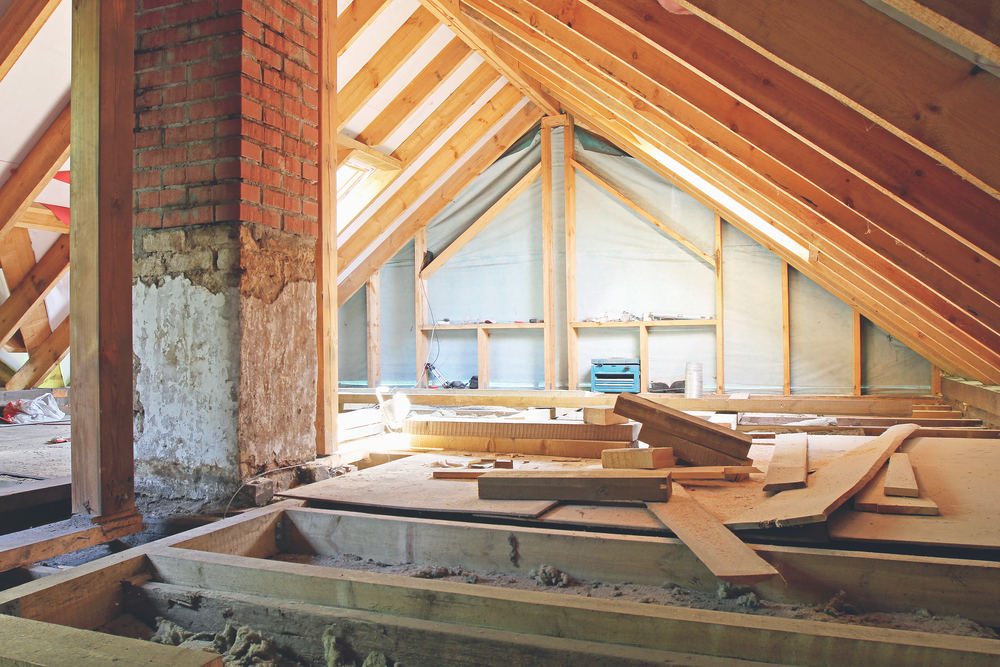
Planning a Loft Conversion
You want a loft conversion because you want more living space or you want to add value to your property. Or both. Once you’ve made sure that your conversion is within ‘permitted development’, and that you won’t be falling foul of the Party Wall Act, you need to know what’s involved in the planning and design process.
Measuring roof space
Before putting pen to paper, the internal height is measured. Your architect will stand under the highest apex of your roof and measure that point all the way down to the ceiling joist they are standing on. A distance of 2.2 metres is required for most houses built before 1965. For modern roofs, an internal height of 2.5 metres is needed.
Next, the angle of the roof, the roof pitch, is measured. A higher roof pitch allows for more head height within your proposed conversion. After this, your loft’s footprint is measured; there should be 5.5 metres width and 7.5 metres length of floor space available, inclusive of the chimneys or water tank.
Safe steps
The staircase to a loft conversion must comply with building regulations. In most cases, to provide safe access, the steepness of a staircase should have a maximum pitch of 42° and all risers must be equal with a minimum headroom height of 1.9 metres. However, your loft conversion may require a staircase of different dimensions; always check with your local council if you are unsure of any plans presented to you by your architect.
Structure help
One of the key inputs of a structural engineer is to assess what kind of roof construction is strong and stable enough for your property. If the loft conversion of your dreams or budget is going to place unsustainable loads on the rooms below, you will need to include added support or accept a different configuration. A structural engineer will also be able to advise on insulation and energy efficiency.
Even if planning permission wasn’t necessary for your project, the construction of a loft room will need to be approved by your local Building Control Body. So make sure you know who is responsible for submitting any technical drawings or designs. A reputable loft conversion company should explain the entire process to you and take care of any building regulations paperwork.
